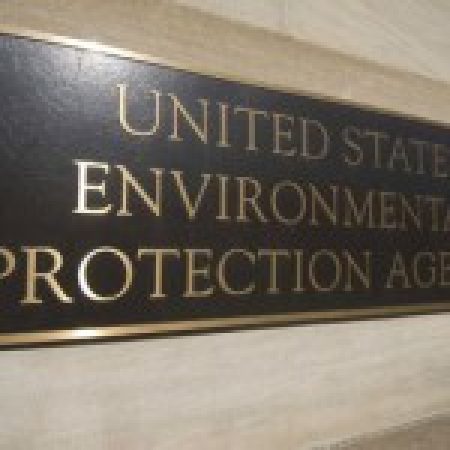A review of EPA’s “Significant Nexus” conclusions demonstrates that the final Waters of the United States (WOTUS) rule disproves EPA’s assertion that “…WOTUS doesn’t touch land use or private property rights.” A review of “significant nexus” conclusions demonstrates how far EPA is attempting to extend its jurisdiction.
EPA claims the Corps of Engineers (Corps) have made more than 400,000 jurisdictional determinations since 2008. It claims 120,000 of these determinations were “significant nexus” determinations and were made by Corps field staff in 38 Corps district offices and 10 EPA regional offices.
What waters have a “significant nexus”? EPA will have jurisdiction if “…waters possess the requisite significant nexus if they either alone or in combination with similarly situated wetlands in the region, significantly affect the chemical, physical, and biological integrity of other covered waters more readily understood as ‘navigable’.”
EPA goes on to define similarly situated waters when it says there is a “significant nexus” when “…the agencies determine that it is reasonable to consider waters as similarly situated where they function alike and are sufficiently close to function together in affecting the nearest traditional navigable water, interstate water, or the territorial sea.
EPA gives an example of when it would take jurisdiction and it is hard to determine what waters are excluded from EPA’s jurisdiction. EPA uses an example of where excess nutrients discharge into a small tributary and aggregate and possibly cause algal blooms downstream which in turn reduce dissolved oxygen levels and increases turbidity in traditional navigable waters.
Not only is EPA apparently increasing its jurisdiction, it will need thousands of new bureaucrats to start testing every stream in the country.
The two agencies are more specific in the rule where they describe categories of waters deemed to have a “significant nexus” giving them jurisdiction. The agencies, without citing the Clean Water Act law and relying only on their scientific and technical expertise, declare a “covered tributary” is a “…single point of entry watershed [and] are similarly situated and have a significant nexus because they significantly affect the chemical, physical, or biological integrity of traditional navigable waters…”
EPA wants jurisdiction over covered tributaries which include intermittent or ephemeral streams, and these tributaries are critical in the life cycles of many organisms. EPA claims it seeks jurisdiction over covered tributaries because they provide “…critical habitat for complex life-cycle completion, covered tributaries provide refuge from predators and adverse physical conditions in rivers, and are reservoirs of genetic- and species-level diversity.” EPA also claims jurisdiction over tributaries which “…contribute materials to downstream food networks and supporting populations for aquatic species…”
You have to wonder where EPA’s jurisdiction actually stops when you read statements such as these in the rule.
EPA and the Corps go further. They say “covered adjacent waters” also will fall within their jurisdiction. Adjacent waters are defined as having a “significant nexus” and are waters of the United States. These waters, according to EPA Science Report “…provide similar functions and work together to maintain the chemical, physical, and biological integrity of the downstream traditional navigable waters, interstate waters, and the territorial seas because of their hydrological and ecological connections to, and interactions with, those waters.”
EPA gives examples of “significant nexus” determinations, and it says the determination will be made on a case by case basis as to whether the water is a water of the United States. There will be 5 subcategories of these waters. They are “Prairie potholes, Carolina and Delmarva bays, pocosins, western vernal pools in California, and Texas coastal prairie wetlands… [and] must be analyzed in combination as similarly situated waters when making a case-specific significant nexus analysis.”
EPA spends several pages concluding that Prairie potholes are covered by the rule. EPA claims that Prairie potholes generally accumulate and retain water and are “…artificially connected to streams and lakes through drainage … become sources of waters and chemicals to downstream waters.” These potholes EPA says support communities of highly mobile organisms from plants to invertebrates which move among Prairie potholes and can possibly biologically connect the potholes to a river network. As a result of EPA’s analysis, it concludes Prairie potholes have chemical, physical, and biological connections to downstream waters.
As you can see, there is no limit to EPA’s jurisdiction, and that is why the American Farm Bureau Federation on June 11, 2015 in a summary of the Rule said to EPA there is “No clarity, No certainty, No limits on Agency Power.”
(This article first ran in Farm Futures on June 15, 2015.)





